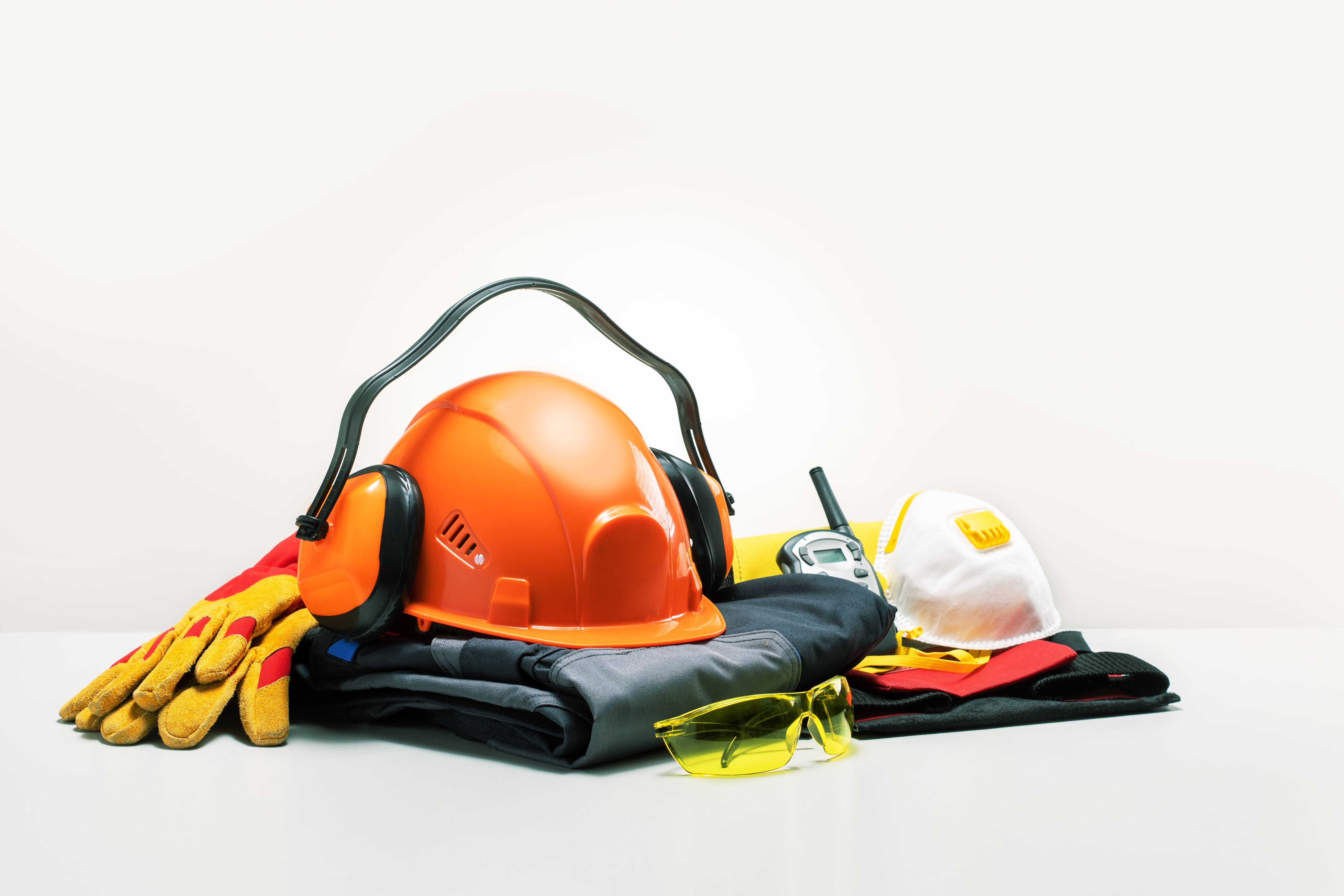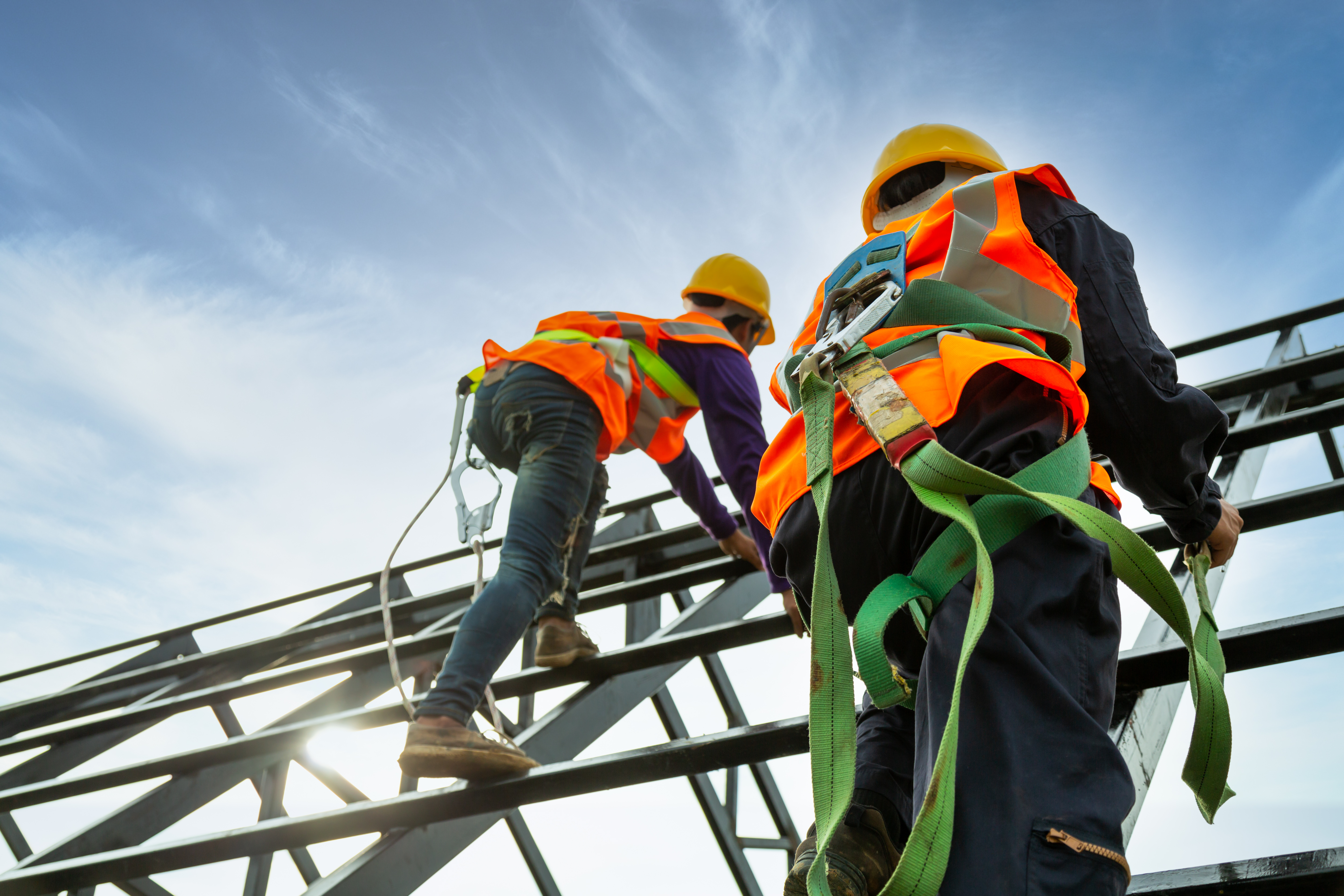Contents
Empowering Women in EHS&S: A Story of Progress and Potential
8 March 2024
Environment, health, safety and sustainability (EHS&S) has been a male-dominated arena for far too long. Today, despite strides toward gender equality, women still account for less than 30% of EHS&S professionals in the U.S. However, this statistic isn't meant to discourage; it's a reminder that there's still much ground to cover.
In this post, we'll delve into the history of women in health and safety, pivotal milestones on their journey for fair representation and the changes still needed to bolster women's presence in EHS&S.
The pioneers of female participation in EHS&S
The role of women in EHS&S can be traced back to the spring of 1893, when May Abraham and Mary Paterson were the first women to be appointed factory inspectors in the U.S. Despite the fact that poor working conditions in the 1800s largely impacted women and children, the Factory Inspectorate formed in 1833 was made up only of male inspectors for the first 60 years of its operations. It took relentless advocacy from prominent women's groups to finally appoint Abraham and Paterson. Their focus? Investigating working conditions for women and enforcing health and safety standards, particularly in laundries.
In March 1911 came the Triangle Shirtwaist Factory Fire in New York City. 146 workers lost their lives after a fire broke out and the building’s only fire escape collapsed, trapping them inside. In response to the tragedy, leading sociologist Frances Perkins set up a committee with other workers' rights activists to investigate and recommend preventative measures. Claiming at the time, “We’ve got to turn this into some kind of victory, some kind of constructive action,” Perkins’ tenacity led to the creation of state laws governing workplace safety, laying the foundation for federal standards. These laws introduced unemployment benefits, pensions, the first minimum wage and the 40-hour work week.
Perkins went on to become Secretary of Labor between 1933 – 1945, the longest serving in that position, as well as the first woman to be appointed to the Cabinet. During her tenure, she created the Bureau of Labor Standards – the first permanent federal agency promoting safety for working people and a precursor to the present-day Occupational Safety and Health Administration (OSHA).
In the 1990s, Senator Elizabeth Dole made her mark as U.S. Labor Secretary by championing OSHA reforms – including mandated machinery locks in over 600,000 factories, saving around 120 lives a year. She was also praised for securing $14.9 million of funding for 179 additional OSHA compliance officer jobs.
From 2009 - 2013, Hilda Solis made history as the first Hispanic woman to serve as the U.S. Secretary of Labor. Her tenure saw intensified efforts to enforce safety regulations and crack down on repeat health and safety law violators, such as Massey Energy, following a coal mine explosion in 2006 that killed 29 miners.
The current landscape
Despite the crucial contributions to health and safety made by women over the past century, women still face major underrepresentation in the field. In the U.S. today, there are over 6,400 employed EHS&S specialists – and around 72% of them are men.
Increasingly more women are obtaining degrees in health and safety and occupying entry-level roles, but the gap between women and men in leadership roles remains far-reaching. This, of course, has its consequences. When women don’t have a representative to advocate for their needs and interests, their safety in the workplace ends up compromised.
Take the construction industry, where women comprise just 14% of all employees. Startlingly, according to The New York Committee for Occupational Health & Safety (NYCOSH), female construction workers suffer higher rates of injuries like sprains, strains and nerve conditions, often with insufficient data explaining why. The same study also noted that hand tools like wrenches are typically too large for women’s hands to grip effectively.
Darcie Richards, a self-employed bricklayer and TikTok sensation, has openly shared her experience of having to make do with men’s clothing when she joined the construction industry two years ago. As a self-employed worker, Richards has purchased all of her own personal protective equipment (PPE), but other construction workers aren’t so lucky. In interviews with Construction News, female construction workers subjected to wearing oversized PPE report having found their garments being caught and snagged on things like steel reinforcement or scaffolding when walking on-site. If more women were in leadership roles, these issues would be addressed more effectively.
Charting the path forward
To pave the way for increased female representation in EHS&S, action is imperative. Promoting women to leadership roles within the EHS&S sector is crucial for several reasons. For starters, it ensures a diverse range of perspectives at decision-making tables, allowing for more comprehensive safety considerations, especially those affecting women workers.
Secondly, it provides role models and mentors for aspiring female professionals, demonstrating that leadership in EHS&S is both attainable and desirable for women.
To actively cultivate women's leadership in EHS&S, organizations should implement mentorship programs. Pairing experienced female EHS&S professionals with those beginning or advancing in their careers fosters guidance, knowledge transfer and a supportive network. Furthermore, sponsorships advocate for and propel talented women into leadership roles, ensuring they have opportunities for career progression and involvement in critical safety matters.
STEM Initiatives: Inspiring the next generation
Encouraging girls and young women to pursue STEM (Science, Technology, Engineering and Mathematics) education and careers that lead to EHS&S roles is pivotal for shaping the future of the industry. To achieve this, organizations can collaborate with schools, universities and community groups to create engaging educational programs and outreach initiatives.
These efforts should aim to expose girls to the exciting and diverse opportunities within EHS&S from an early age. By fostering a strong foundation in STEM and showcasing the achievements of women in EHS&S, we can empower the next generation to envision themselves as future leaders and professionals in the industry.
Diversity and Inclusion Policies: Building an inclusive work environment
Diversity and Inclusion Policies: Building an inclusive work environment
Establishing and promoting diversity and inclusion policies is the key to creating a more representative EHS&S workforce. These policies should go beyond mere rhetoric and translate into tangible actions. Organizations should implement transparent hiring and promotion processes to remove systemic barriers that may hinder the advancement of women in EHS&S.
By taking proactive steps to tailor PPE, promote women into leadership roles, inspire the next generation through education and outreach and establish inclusive policies, the EHS&S industry can make significant strides toward achieving gender diversity and equity. These actions not only benefit women in the field but also enhance safety, innovation and overall excellence within the industry.

RELATED BLOGS

Understanding OSHA's New Construction PPE Requirements
18 February 2025 - Team Evotix
The Occupational Safety and Health Administration (OSHA) has recently revised standard 29 CFR 1926.95(c) for construction personal protective equipment (PPE). The final rule, which took effect on..

Breaking Down OSHA's Final Rule: FAQ Edition
6 September 2023 - Team Evotix
The most recent revision by OSHA to 29 CFR 1904.41, concerning Recordkeeping and Reporting, mirrors the evolving trend in our industry toward digital processes and underscores the advantages they..

Examining OSHA’s Top 10 Most Cited Health and Safety Standards of 2023
19 December 2023 - Justin Moats & Langdon Dement
In our ever-evolving work landscape, it’s critical for businesses to stay ahead of the curve, especially in light of the Occupational Safety and Health Administration’s (OSHA) latest findings on the..